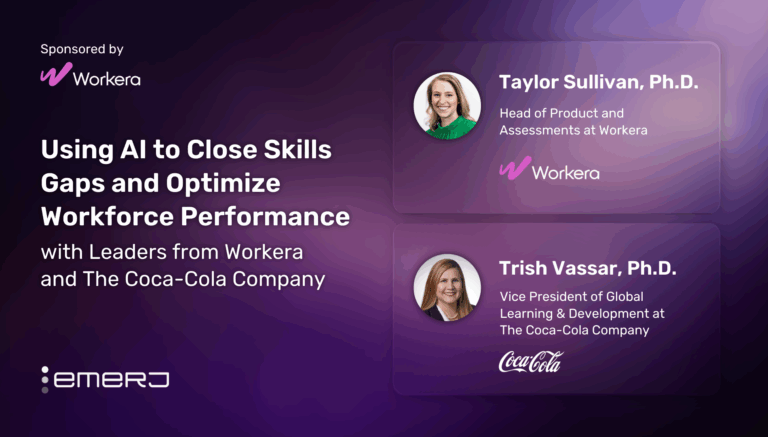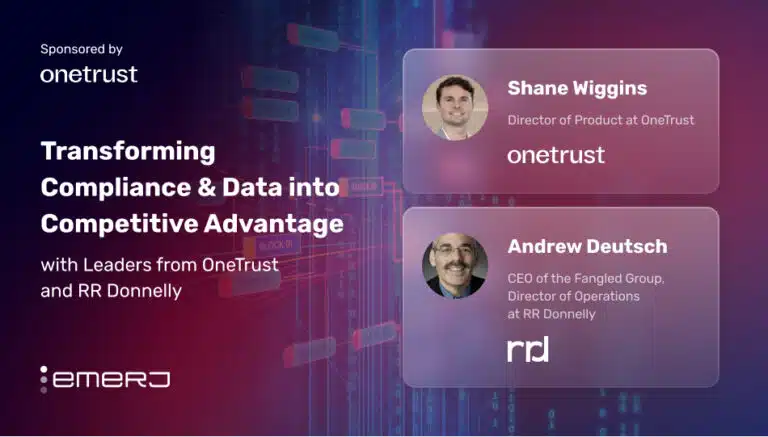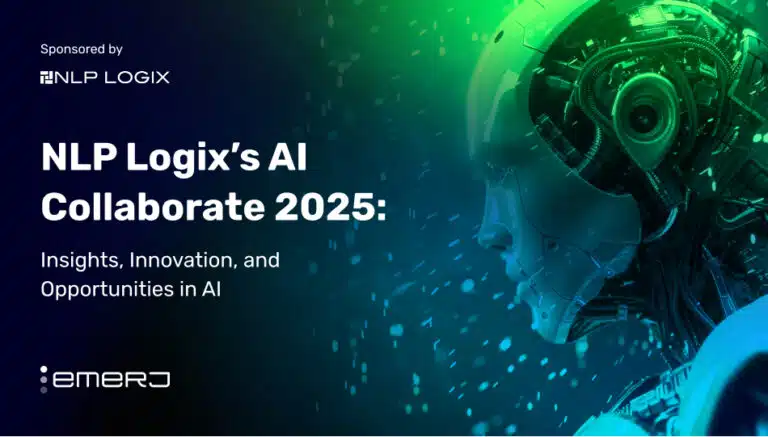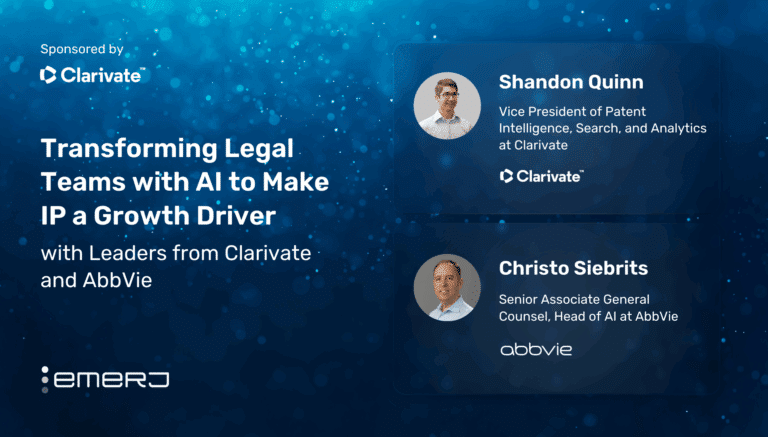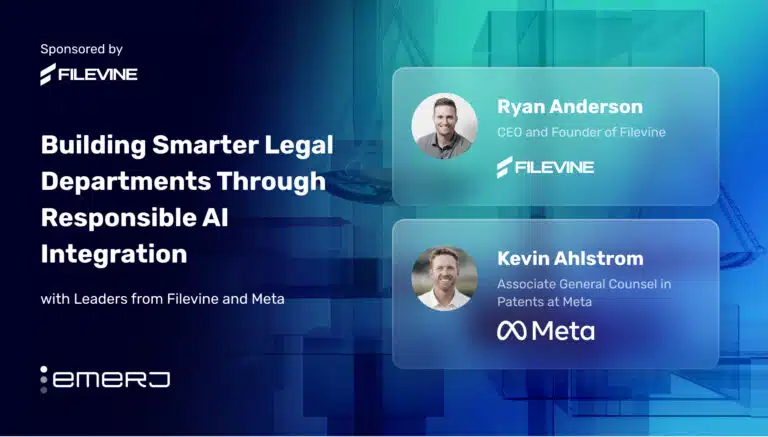In managing public sector projects, success hinges on strategic planning and innovative practices. Challenges such as budget constraints, communication issues, and resource limitations must be addressed through effective communication, precise resource allocation, and the strategic use of technology. Implementing digital upskilling programs can bridge the skills gap, while cloud-based solutions boost efficiency.
Ernst & Young’s reporting on the challenges of public projects from last year cites a notable example. Digitalization projects, like the German-based BLS railway’s attempt to replace its “RailOpt” software, which began in 2016, often start without a clear scope.
According to E&Y’s reporting, by 2019, the project was deemed financially unfeasible due to escalating costs associated with the proposed software modifications. The ruling led to an impairment loss exceeding 20 million Swiss francs. Additionally, the federal government continues to encounter significant obstacles in its efforts toward digitalization and transformation.
By integrating these approaches, public sector initiatives can align more closely with their goals, manage risks effectively, and enhance project outcomes. Such a holistic strategy can provide greater value to the public and overcome the specific challenges of government projects.
Emerj Senior Editor Matthew DeMello recently spoke with Dr. Raghav Vadhera, Lead Technical Architect for AI/ML platform & Services, Raytheon Technologies, on the ‘AI in Business’ podcast to discuss strategies for improving public sector project management through careful planning, risk management, and the use of advanced technologies and data-driven approaches.
In the following analysis of their conversation, we examine three key insights:
- Navigating sector priorities with adaptive approaches: To reconcile the diverse needs of both the private and public sectors, C-suite executives should develop adaptable and innovative strategies that effectively navigate different priorities and address sector-specific challenges.
- Implementing pilot programs and phased implementation: Conducting pilot programs and phased implementation to test project viability, reduce risk, and allowing for adjustments based on initial outcomes.
- Evidence-based proposals for effective decision-making: Utilizing data and case studies to support project proposals, building a compelling case for project value, and ensuring informed decision-making.
Listen to the full episode below:
Guest: Dr. Raghav Vadhera, Lead Technical Architect for AI/ML platform & Services, Raytheon Technologies
Expertise: Software Development, Agile Methodologies, Artificial Intelligence
Brief Recognition: Dr. Raghav Vadhera is a Lead Technical Architect for the AI/ML platform and services at Raytheon Technologies. With a career spanning over two decades, he has consistently delivered successful products across various consulting engagements in defense, higher education, R&D, hospitality, financial services, retail, healthcare, and offshore outsourcing. He completed his PhD in Artificial Intelligence and Machine Learning from The University of Texas and another PhD in CyberSecurity Analytics from George Washington University.
Navigating Sector Priorities with Adaptive Approaches
Raghav discusses the challenge faced by C-suite executives in balancing the needs and expectations of both private and public sectors. He explains that executives must be adaptable and innovative to find solutions that satisfy the diverse needs of both private and public entities. However, achieving such adaptability requires careful navigation between the different priorities of each sector.
He mentions that private entities are primarily accountable to their shareholders and board members. Their focus is on profitability and maintaining a positive market perception, citing Boeing’s recent troubles as an example.
Raghav emphasizes the critical role of data and its protection in today’s environment. While having data is essential, he notes that safeguarding it is equally important due to the prevalence of cyberattacks and varying global regulations. Such complexity makes it challenging for CEOs to manage data across different regions.
He highlights that data tools and strategic approaches can play a pivotal role in facilitating effective public-private partnerships and helping the public sector keep up with technological advancements. Enhanced decision-making is a key benefit of data analytics, as these tools provide valuable insights into market trends, public needs, and operational efficiencies, leading to more informed decisions and compliance with data privacy laws.
In particular, Dr. Vadhera notes that data visualization tools are also crucial for improving transparency and accountability. By offering stakeholders a clear view of project progress, expenditures, and outcomes, these tools help build trust and ensure accountability, which is essential for the success of both private and public sector partnerships.
Additionally, Raghav discusses how advanced data analytics can aid in risk assessment and management. These tools can identify potential risks before they become serious issues, using predictive analysis and modeling to address financial uncertainties and public reception challenges effectively:
“So, predictive analysis and modeling can forecast project challenges. They can also help them to deal with the financial uncertainties or public reception issues. All can be handled by these advanced data analytics. They also allow management to develop pre-emptive strategies to mitigate this risk right before it becomes very serious.
Not only that, as I said, data is the engine for economy data is the engine for success data. These data tools can also help you to streamline operations and monitor performance in real-time. They can enable quick adjustment to meet project goals, and if the goals shift or the requirements change, they can adapt to that. This is very important, especially for the public sector, because they often face more scrutiny over efficiency or effectiveness.”
— Dr. Raghav Vadhera, Lead Technical Architect for AI/ML platform & Services at Raytheon Technologies
Implementing Pilot Programs and Phased Implementation
When it comes to executing projects, particularly in the public sector, Raghav emphasizes several strategies:
- Alignment with Public Sector Goals: Projects must align with the broader goals and priorities of public sector organizations. It is crucial to demonstrate how a project supports social benefits, policy goals, and public welfare.
- Evidence-Based Proposals: It is essential to use data and case studies to support project proposals. Public sector leaders are focused on resource allocation and need compelling evidence of a project’s success and effectiveness.
- Social Impact: Projects should clearly showcase their social value and impact. Public sector leaders are sensitive to how decisions benefit the public and align with social needs.
- Stakeholder Engagement: A comprehensive plan to engage stakeholders, including public interest groups and other government entities, is essential. Building consensus and addressing stakeholder concerns can make a project more appealing.
- Risk Management: Addressing potential risks, including fraud, is crucial. Providing a proactive plan for managing and mitigating these risks enhances confidence in the project.
- Cost-Benefit Analysis: Public sector leaders need to justify expenditures with clear financial and qualitative benefits. Unlike the private sector, which can sometimes obscure failures, the public sector requires transparent justification.
- Pilot Programs and Phased Implementation: Before fully deploying a project, conducting pilot programs and phased implementation can help test viability, reduce risk, and allow for adjustments based on initial outcomes.
- Technology Adoption: If a project involves cutting-edge technology, it’s important to highlight how it will modernize public services, improve efficiency, and address potential concerns related to technology adoption.
“So another thing I’m talking about in protocols is that back around 2005 to 2007, to seven, we were working on a Medicare project for the state of Massachusetts. So they were rolling out all these new technologies and services so that all these Medicare and Medicaid beneficiaries could go to the portal and do a lot of self-service. And that project, initially, was not doing very well; the feedback we got was that [despite] what we thought about how this is going to be solved, the problem was not exactly there were a lot of pitfalls, a lot of challenges. So, in that phased manner I talked about, we had a pilot, and we learned early enough that we have to delay our next delivery and catch up with all the concerns we have from the consumers or from the users.”
— Dr. Raghav Vadhera, Lead Technical Architect for AI/ML platform & Services at Raytheon Technologies
Initially, the project faced challenges, but by using a phased approach and learning from feedback during the pilot phase, they were able to make necessary adjustments and improve the project’s success. Leveraging a phased approach in such a way underscores the importance of careful planning, risk management, and iterative testing in large-scale projects.
Evidence-Based Proposals for Effective Decision-Making
Raghav goes on to emphasize that cutting corners is not an option in the public sector due to its responsibility to the public and commitment to the public good. The dynamic often results in public projects needing to be completed on time compared to private sector projects. Raghav suggests that public sector projects should adopt advanced strategies and technologies to mitigate these challenges. These include:
- Pilot Programs: Testing projects on a smaller scale before full implementation can help identify potential issues and make necessary adjustments.
- Evidence-Based Proposals: Using data and case studies to support project proposals helps build a compelling case for their value.
- Machine Learning and Predictive Analysis: Leveraging first-generation deterministic AI capabilities to analyze data and predict outcomes can improve decision-making and project planning.
Raghav notes that the private sector typically adopts new technologies and tools more rapidly, providing an efficiency model that the public sector can learn from.
Through partnerships with private entities, the public sector can access advanced decision-making models and tools that improve project management and implementation. Despite its more cautious approach due to higher scrutiny, the public sector can enhance its effectiveness by integrating these technologies and practices.




